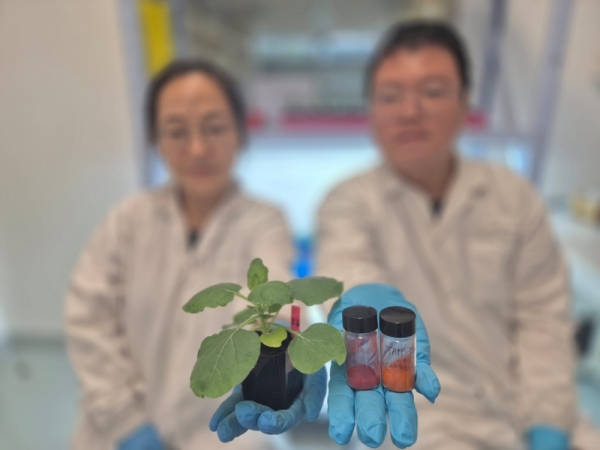Have you ever wondered if your plants were dry and dehydrated, or if you’re not watering them enough? Farmers and green-fingered enthusiasts alike may soon have a way to find this out in real-time.
Over the past decade, researchers have been working on sensors to detect a wide range of chemical compounds, and a critical bottleneck has been developing sensors that can be used within living biological systems. This is all set to change with new sensors by the Singapore-MIT Alliance for Research and Technology (SMART) that can detect pH changes in living plants — an indicator of drought stress in plants — and enable the timely detection and management of drought stress before it leads to irreversible yield loss.
Researchers from the Disruptive and Sustainable Technologies for Agricultural Precision (DiSTAP) interdisciplinary research group of SMART, MIT’s research enterprise in Singapore, in collaboration with Temasek Life Sciences Laboratory and MIT, have pioneered the world’s first covalent organic framework (COF) sensors integrated within silk fibroin (SF) microneedles for in-planta detection of physiological pH changes. This advanced technology can detect a reduction in acidity in plant xylem tissues, providing early warning of drought stress in plants up to 48 hours before traditional methods.
Caption: PH-sensitive chromic Covalent Organic Framework (COF)-based sensor powders developed by SMART DiSTAP researchers exhibit visual color changes upon early detection of drought stress. (Photo Credit: SMART)
Sustainability Sci/Tech Top Stories Agriculture

